Managed vs Unmanaged Switch
Managed and unmanaged switches are two main types of network switches. What are their differences? Which one do you really need? All things you want to know are here.
What Is Managed Switch?
A managed network switch is a piece of network equipment that allows Ethernet devices to communicate with each other and that contains features to configure, manage and monitor traffic on a Local Area Network (LAN). A managed network switch provides more control over how data travels over the network and who can access it.
However, in order to meet different size networks demands, there are some lightly managed switches in the market, which are also known as smart switches. Management features of these switches are not as broad as that of managed switches. When users have limited costs and do not need all the features of a fully managed switch, the smart switch offers them an optimal alternative.
What Is Unmanaged Switch?
Unmanaged switches simply allow Ethernet devices to communicate with one another by providing a connection to the network. Unmanaged switches are truly plug-and-play devices, meaning you simply have to plug them in for them to work.
Managed vs. Unmanaged Switch: What’s the Difference?
There are various types of managed and unmanaged switches in the market, and opinions about applications of these network switches vary from person to person. Below are main differences between managed and unmanaged switches.
Managed vs Unmanaged Switch: How to Choose?
In many cases, network managers have to choose the most suitable network switches to ensure the whole network system goes well. But, how to choose a suitable switch for the practical network demand? Managed and unmanaged, which one is right for you? Before you make a decision, you can ask yourself a couple of questions first.
Where do you want to deploy the switch? If you are to make a purchase for your home network and just want to get the home network worked normally without spending much time on management, then plug-and-play unmanaged switches are the best fit for them. If you want to have more control over home network and pay more attention to privacy security, choosing a managed switch for home use is much better.
For businesses, no matter in large or mid-sized or small-sized enterprises, security is of great importance. Managed switches prevent unauthorized access in case of deliberate attacks with security protocols. Meanwhile, the intense workloads and high amounts of traffic are the distinctive features of enterprise networks, managed switches obviously take a good position.
How many users or devices need to connect to the network? For smaller businesses or homes networks that do not have many connections or much traffic to handle, unmanaged switch is a good choice as it is cost-effective without advanced features that managed switches feature, like VLAN (for separating network traffic).
But if there is multiple traffic to handle in the network at any one time, then a managed switch is a great choice for its advanced features. Except for VLAN we just mentioned about, there are also redundancy, ACLs and STP, which can avoid downtime and data loss leading to serious financial problems. With STP supporting, even if under the circumstances of a link or cable failure, it provides an alternative path for traffic.
Do you need to control network traffic? If your answer is Yes, a managed switch is your choice, it allows you to manage, configure, and monitor the settings of LAN, including controls over LAN traffic, prioritizing certain channels, and creating VLAN, which can separate the traffic of different users to ensure their respective information security.
Do you have professionals? The answer to this question makes a difference for enterprise businesses. If there are professionals in your company or you are quite familiar with switching configuration and maintenance, you can put managed switches in consideration. That’s because managed switches are advanced equipment that need pro-configurations and regular maintenance. If not, then it’s better to choose unmanaged ones.
What are these switches used for? Do you want to use it to expand the network capacity or just need more ports for your devices connecting to edge switches? The former indicates you need a managed switch, which can provide high-speed links and a higher capacity. While the latter is better to deploy unmanaged switches to satisfy your needs because they provide available ports the same as managed switches but with a lower price.
Summary
After answering these questions above, I hope you can feel clearer about choosing between managed and unmanaged switches. In summary, if you are comfortable with managing a LAN and configuring everything, a managed switch is a powerful option. But for those who wish to keep things simple and with limited budgets, an unmanaged solution will be the best.
Source: community.fs











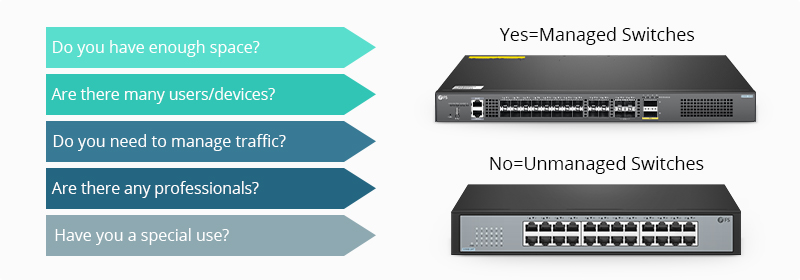
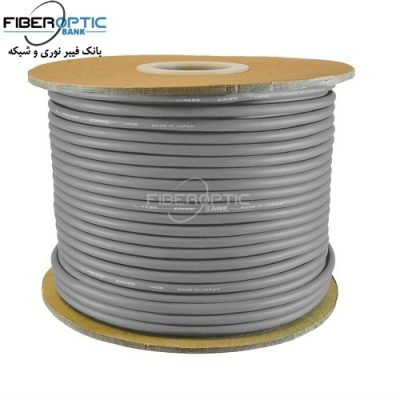
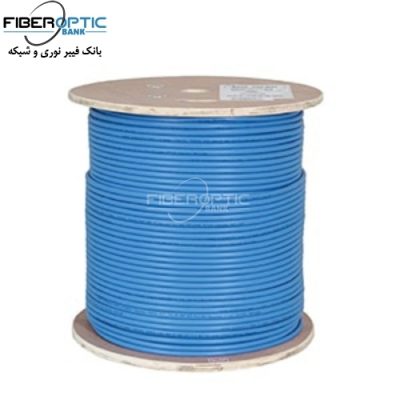

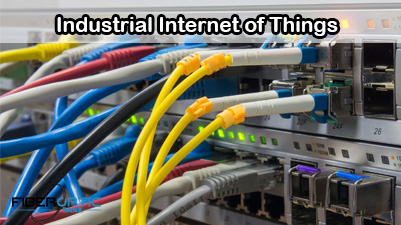

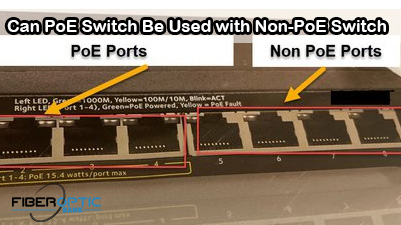
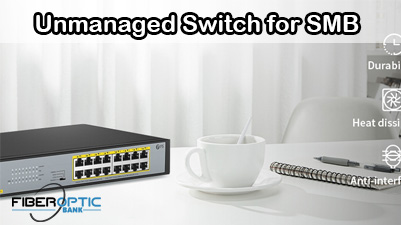
[ratings]